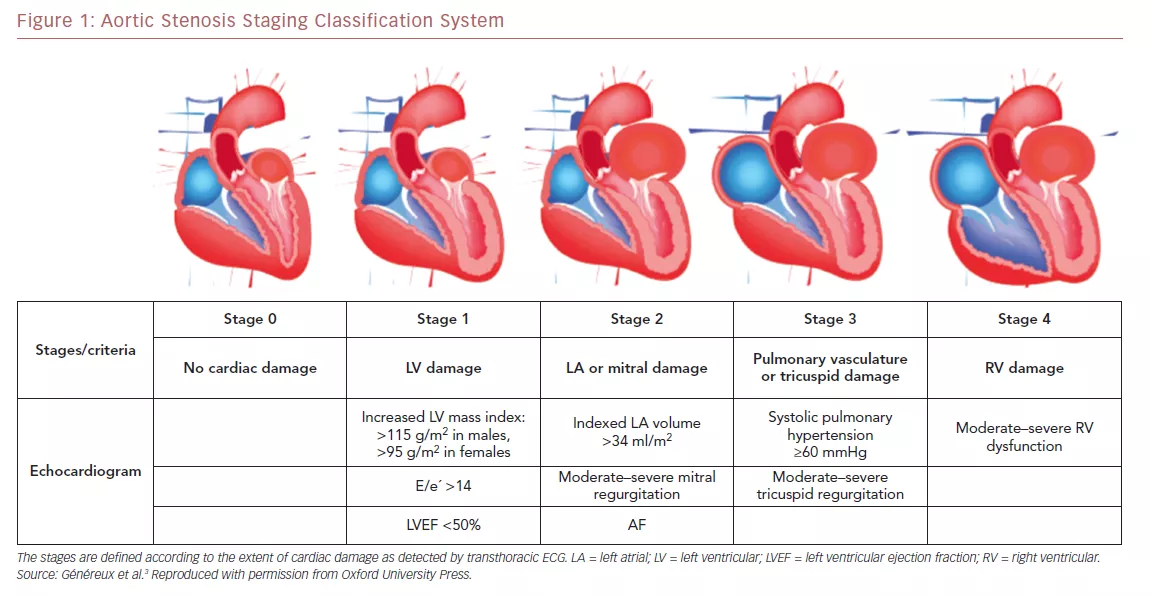Aortic valve stenosis is a condition characterized by the narrowing of the aortic valve, which can lead to various cardiovascular complications. Understanding the prognosis and life expectancy associated with aortic valve stenosis is crucial for patients and healthcare providers alike. In this article, we will delve into the factors influencing life expectancy, treatment options, and the outlook for individuals with aortic valve stenosis.
Understanding Aortic Valve Stenosis
The aortic valve is responsible for regulating blood flow from the heart to the rest of the body. When this valve becomes narrowed or stenotic, it restricts the flow of blood, leading to increased pressure in the heart and potential complications such as heart failure, arrhythmias, and even sudden cardiac death.
Aortic valve stenosis can be caused by congenital defects, calcification due to aging or degenerative changes, or inflammatory conditions affecting the valve. Symptoms may include chest pain, shortness of breath, fatigue, and fainting episodes, especially during physical exertion.
Prognosis and Life Expectancy
The prognosis for individuals with aortic valve stenosis depends on various factors, including the severity of the stenosis, the presence of symptoms, the patient’s overall health, and the timely initiation of appropriate treatment. Without intervention, the prognosis can be poor, with significant risks of complications and reduced life expectancy.
1. Severity of Stenosis: The degree of narrowing in the aortic valve is a critical factor in determining prognosis. Severe stenosis places greater strain on the heart and increases the risk of adverse outcomes.
2. Symptoms: The presence of symptoms such as chest pain, shortness of breath, and fatigue indicates advanced disease and may warrant prompt medical attention. Untreated symptomatic aortic stenosis can lead to rapid deterioration and reduced life expectancy.
3. Overall Health: Patients with other comorbidities such as coronary artery disease, hypertension, diabetes, or kidney disease may have a poorer prognosis due to the cumulative effects of multiple health conditions on cardiovascular function.
4. Age: Advanced age is associated with a higher risk of complications and mortality in patients with aortic valve stenosis. Elderly patients may also have limited treatment options due to frailty or other age-related factors.
Treatment Options and Impact on Prognosis
The management of aortic valve stenosis aims to alleviate symptoms, improve quality of life, and reduce the risk of complications. Treatment options include:
1. Medication: While medications cannot reverse the narrowing of the aortic valve, they may help manage symptoms such as high blood pressure, heart failure, or arrhythmias. However, medication alone is not sufficient for severe cases of aortic stenosis.
2. Surgical Intervention: The gold standard treatment for severe aortic valve stenosis is surgical valve replacement. This may involve traditional open-heart surgery or minimally invasive techniques such as transcatheter aortic valve replacement (TAVR). Surgical intervention can significantly improve outcomes and life expectancy in eligible patients.
3. Watchful Waiting: In some cases, especially when the stenosis is mild or asymptomatic, a strategy of watchful waiting with regular monitoring may be appropriate. However, this approach requires close medical supervision to detect any progression of the disease promptly.
Prognosis After Treatment
The prognosis for patients with aortic valve stenosis can improve significantly following appropriate treatment. Surgical valve replacement, especially TAVR, has been shown to prolong life expectancy and reduce the risk of complications in high-risk patients. Timely intervention before the onset of severe symptoms or irreversible cardiac damage is crucial for optimizing outcomes.
1. Surgical Valve Replacement: Studies have demonstrated favorable long-term survival rates and improved quality of life in patients undergoing surgical aortic valve replacement. Modern surgical techniques and advances in perioperative care have contributed to better outcomes.
2. Transcatheter Aortic Valve Replacement (TAVR): TAVR has emerged as a less invasive alternative to traditional surgery, particularly for elderly or high-risk patients. TAVR procedures are associated with shorter recovery times, reduced complications, and comparable long-term outcomes to surgical valve replacement.
3. Medical Management: For patients who are not suitable candidates for surgery or TAVR, optimal medical management can help alleviate symptoms and slow disease progression. However, it is essential to recognize that medical therapy alone may not alter the natural history of severe aortic valve stenosis.
Long-Term Monitoring and Follow-Up
After undergoing treatment for aortic valve stenosis, patients require regular monitoring and follow-up care to assess valve function, detect any recurrence of stenosis or complications, and adjust treatment as needed. This may include echocardiograms, cardiac evaluations, and lifestyle modifications to promote heart health.
Conclusion
The prognosis for individuals with aortic valve stenosis is influenced by the severity of the stenosis, the presence of symptoms, overall health status, age, and timely access to appropriate treatment. Surgical valve replacement, including TAVR, has revolutionized the management of severe aortic stenosis and significantly improved life expectancy and quality of life for affected patients. Close collaboration between patients, healthcare providers, and cardiac specialists is essential in optimizing outcomes and enhancing long-term survival in this patient population.


